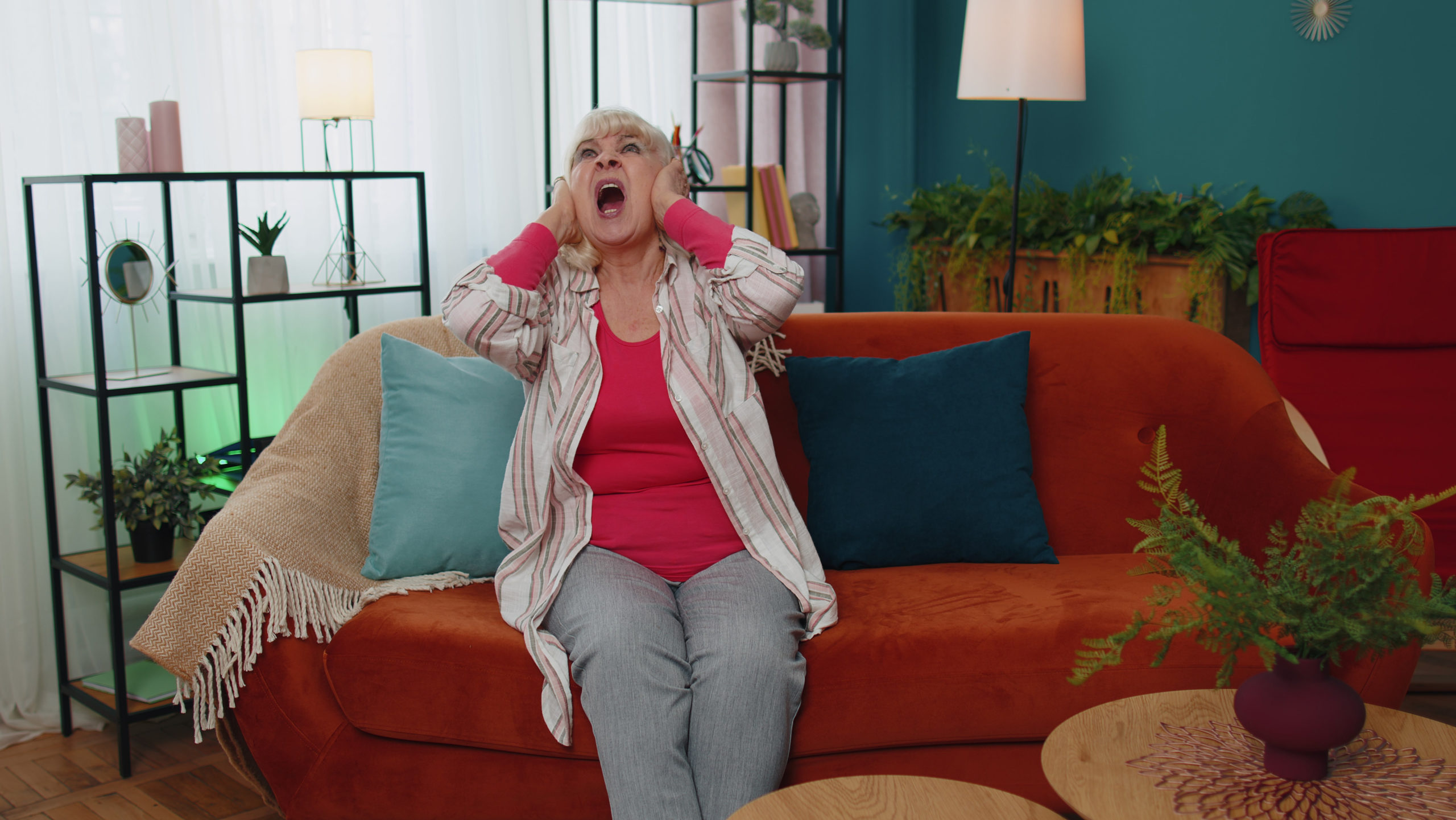Fundamental unfairness in landlords handling of noise nuisance complaints, says Ombudsman following systemic investigation
24 October 2022
Our report, Spotlight on noise complaints: Time to be heard, brings together learning from a review of more than 800 noise related cases dealt with over three years together with insight from 374 responses to our call for evidence plus interviews with front line staff and residents of some individual landlords.

A fundamental unfairness in the social housing sector’s approach to noise complaints sees most of the issues treated as anti-social behaviour (ASB), even when they concern general household noise. This is at the heart of the findings in our latest Spotlight report which calls for the sector’s response to noise nuisance to be strengthened.
Our report, Spotlight on noise complaints: Time to be heard, brings together learning from a review of more than 800 noise related cases dealt with over three years together with insight from 374 responses to our call for evidence plus interviews with front line staff and residents of some individual landlords.
During our investigation, we found that the maladministration rate for non-statutory noise complaints was high at 62% in 2021-22 compared to the rate across all noise cases at 43%. This underscores the need for landlords to develop a strategy for handling non-statutory noise seriously, sensitively and proportionately, says the report.
It found that noise transference is often viewed through the lens of ASB by landlords. However, treating the noise as something it’s not is unfair for both the complainant and the complained about. It is also harder for the landlord to make consistent and reasonable decisions if it does not have the right framework for all types of noise reports.
The report sets out how noise nuisance can easily escalate, entrench and expand into other issues, leading to a deeper sense of dissatisfaction. It also highlights the perception of bias from residents that their reports of noise were being dismissed because of their circumstances such as having complained before or being elderly. No evidence of actual bias was found but it reinforces the importance of landlords being sensitive to the tone of communications as well as consistently following their policy in all cases.
The investigation identified some good practice from landlords, such as information leaflets given to new residents explaining the common trigger points for neighbour disagreement, and led to a set of 32 recommendations including:
- A call for the Decent Homes standard to be revised to fully reflect the causes that can result in residents experiencing noise nuisance. By focusing exclusively on external noise, and primarily noise from vehicles or factories, it does not reflect modern living for most residents.
- Updating void standards to ensure that carpets are not removed unless in poor condition and hard flooring is removed when there have been reports of noise linked to the property, that properties have adequate insulation from transference noise and anti-vibration mats are fitted into the washing machine space as standard.
- Adopting a proactive good neighbourhood management policy, distinct to the ASB policy, with clear options for maintaining good neighbourhood relationships, such as mediation and information sharing, and reviewing the presence of staff on estates.
- Adopting a triage methodology to identify if a noise report should be handled under the ASB policy or the neighbourhood management policy, and reviewing ASB policies to ensure they are realistic and practicable.
- Ensuring that residents who make noise reports are given information about their right to make a complaint if they are dissatisfied with the landlord’s proposal for handling the situation or the actions taken to address the situation.
Richard Blakeway, Housing Ombudsman, said: “Noise is a significant driver of complaints after repairs, and it costs. It costs individuals their mental health and well-being and it costs landlords in protracted and often futile interventions, multi-agency liaison and staff morale. These costs are underestimated and may be avoidable, to some extent, by adopting the different approaches set out in this report.
“The unintentional offence caused by describing the noise as ‘low level’ because it is seen through the prism of ASB – when it is causing distress to the resident – could be avoided, as would residents completing countless diary sheets to no avail.
“We recognise that landlords are under increasing financial pressure and the role of sound insulation should be considered as part of wider strategies. Few of our recommendations present a significant cost. Rather, our practical recommendations could be cost effective, as well as providing better outcomes.
“Landlords should consider the extent to which they can adopt them and what meaning this will bring for their residents.”
Also set out in the report is a series of real life experiences of residents that identify where things have gone wrong in order to share the learning more widely.
The report details the responses to the call for evidence. It reveals 85% of landlords use mediation but only 29% of residents who responded had it offered to them. Additionally, 66% of landlords use noise monitoring equipment whereas only 7% of residents had it fitted. The report also includes tables of landlords where most noise complaints were handled by the Ombudsman during 2021-22.
We will be running a webinar to discuss the report and answer questions. The session is aimed at landlords, governing body members and engaged residents.
